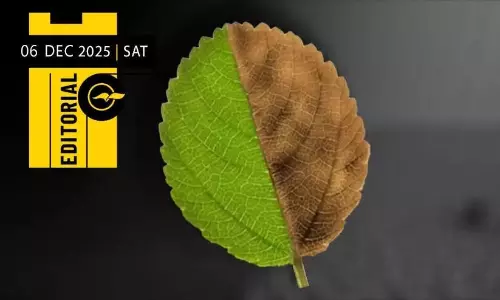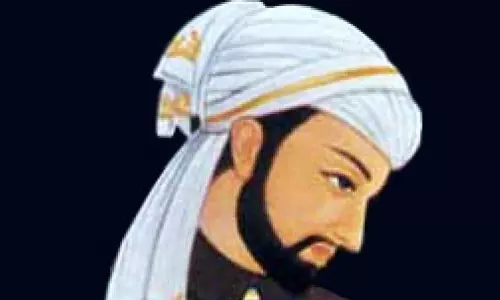
Study shows that human muscles evolved to keep warm in a clever way
text_fieldsThe normal person can see from their body's core temperature how the muscles, organs, and brain all produce heat in different ways. A recent study that suggests our muscles have developed a complex mechanism to keep us warm even when they aren't working gives support to this concept.
Researchers from the University of Queensland claim that animals' resting muscles generate greater heat, which can subsequently be transferred to other body parts.
"Cold-blooded animals, like frogs and toads, and warm-blooded mammals, such as humans, use the same basic muscle structures to generate force for posture and movement," UQ School of Biomedical Science Associate Professor Bradley Launikonis said, NDTV reported.
"The muscles in both groups continue to work when resting, similar to a car engine idling, to maintain readiness for contraction at any given moment, which uses energy and generates a small amount of heat."
"However, mammals have evolved their muscles to become heat generators while their muscles are resting, giving them with a major advantage in regulating their body temperature when outside temperatures drop," Dr Launikonis said.
The alteration allows the mammal's muscle to resist increases in the amount of dissolved calcium in the muscle fluid, which forces the muscle to work harder to get rid of the calcium.
The mammalian body uses the heat generated as a byproduct of this process to keep itself warm, claims Dr Launikonis.
"This has been developed, in part, by the evolutionary isolation of one calcium channel in the muscle of mammals, compared to the two that still exist in cold-blooded animals.
"This study advances the knowledge of our evolution as mammals and provides a foundation for further harnessing our resting muscle to consume energy while resting.
"This could, for example, assist with weight loss in people with obesity."























